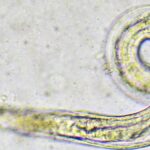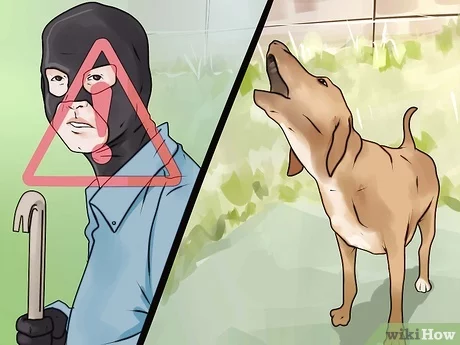When To Know To Euthanize Your Dog With Histiocytic Sarcoma
Histiocytic sarcoma is a type of cancer that affects dogs. It is a rare and aggressive form of cancer that can be difficult to treat. When a dog is diagnosed with histiocytic sarcoma, it can be a challenging time for their owners. Many questions arise, including when to know when it’s time to euthanize the dog.
Euthanasia is a difficult decision for any pet owner to make, but it may be necessary in some cases. Histiocytic sarcoma is one type of cancer where euthanasia may be considered an option. This article will discuss what histiocytic sarcoma is, how to recognize its symptoms, and when it may be time to consider euthanasia for your dog.
What Is Histiocytic Sarcoma?
Histiocytic sarcoma is a rare and aggressive form of cancer that affects dogs. This cancer arises from cells called histiocytes, which are part of the immune system. These cells normally help fight off infections and other diseases.
In dogs with histiocytic sarcoma, these cells become abnormal and start to grow uncontrollably. They can form tumors in various parts of the body, including the spleen, liver, lymph nodes, lungs, and bone marrow.
Symptoms of Histiocytic Sarcoma
The symptoms of histiocytic sarcoma can vary depending on where the tumor is located in the body. Some common symptoms include:
– Swollen lymph nodes
– Loss of appetite
– Weight loss
– Lethargy
– Difficulty breathing
– Vomiting or diarrhea
– Lameness or limping
– Abdominal swelling
If you notice any of these symptoms in your dog, it’s essential to take them to see a veterinarian as soon as possible. Early detection and treatment can make a significant difference in your dog’s quality of life.
Diagnosis of Histiocytic Sarcoma
A veterinarian will perform a physical exam and run some tests to diagnose histiocytic sarcoma. These tests may include blood work, x-rays, ultrasounds, and biopsies of any suspicious lumps or bumps.
If your dog is diagnosed with histiocytic sarcoma, it’s essential to work closely with your veterinarian to develop a treatment plan. Treatment options may include surgery, chemotherapy, radiation therapy, and immunotherapy.
When to Consider Euthanasia for Your Dog
Histiocytic sarcoma is an aggressive form of cancer that can be challenging to treat. Depending on the location and stage of the tumor, treatment options may be limited.
As the cancer progresses, your dog’s quality of life may decline rapidly. At some point, you may need to consider euthanasia as an option to prevent further suffering.
It’s crucial to work closely with your veterinarian to monitor your dog’s condition and quality of life. Some signs that it may be time to consider euthanasia include:
– Difficulty breathing
– Loss of appetite
– Incontinence
– Prolonged pain or discomfort
– Seizures
– Paralysis
Ultimately, the decision to euthanize your dog is a personal one that should be made in consultation with your veterinarian. It’s important to consider your dog’s quality of life and what is best for them in their final days.
Conclusion
Histiocytic sarcoma is a rare and aggressive form of cancer that can be difficult to treat. If your dog is diagnosed with this disease, it’s essential to work closely with your veterinarian to develop a treatment plan.
As the cancer progresses, you may need to consider euthanasia as an option to prevent further suffering. This decision should be made in consultation with your veterinarian and based on your dog’s quality of life.
Remember that every pet owner faces this decision at some point in their pet’s life. It’s essential to give your dog the love, care, and support they need during this challenging time.



